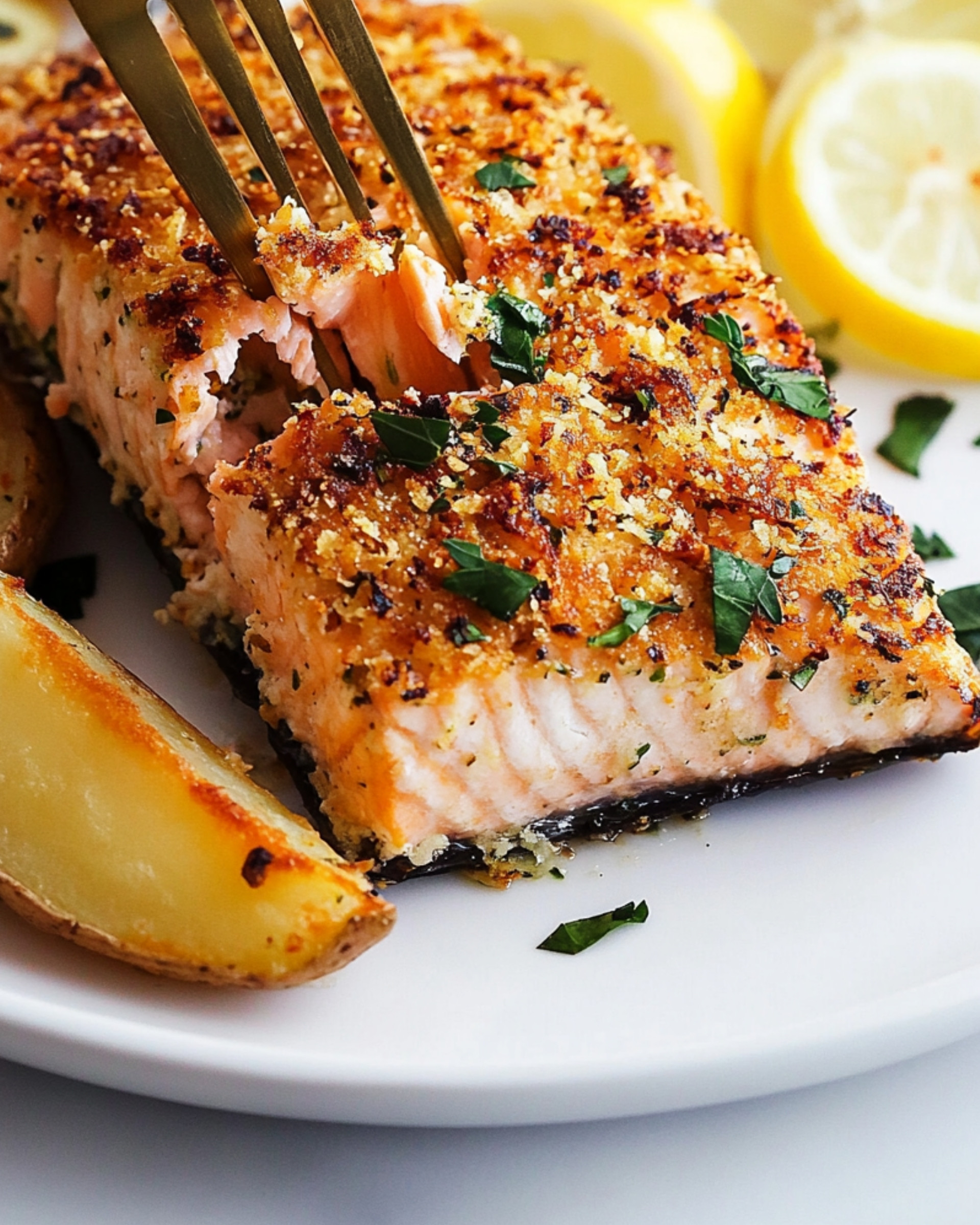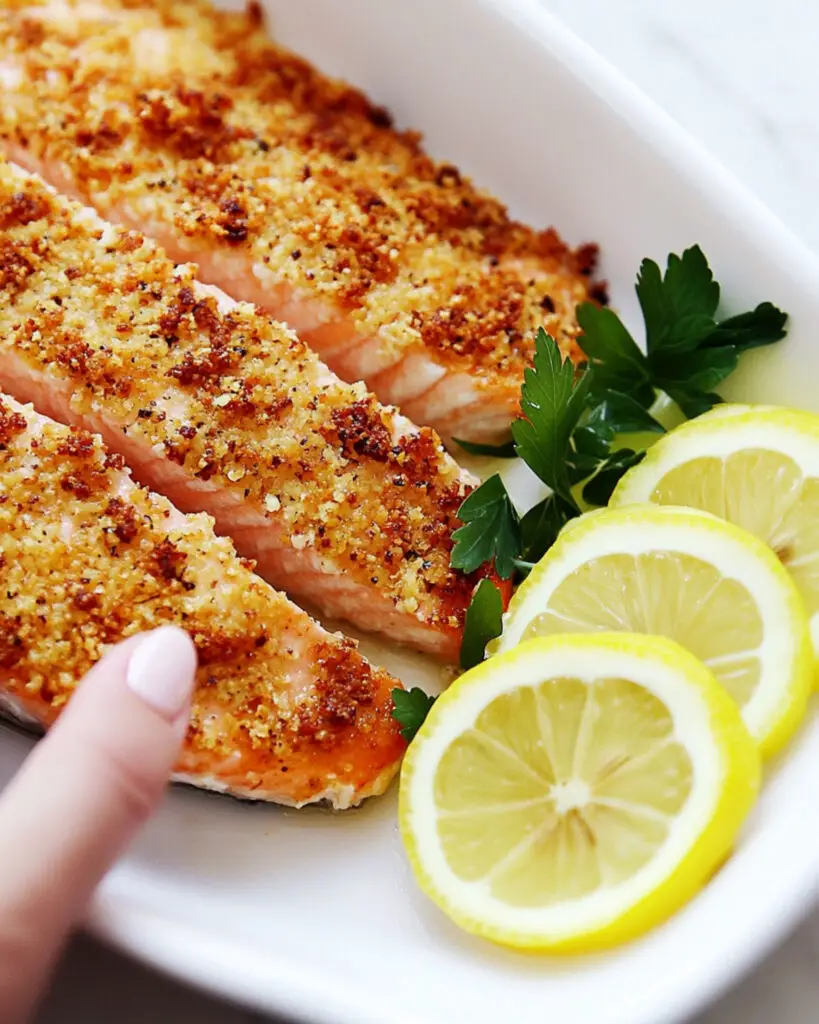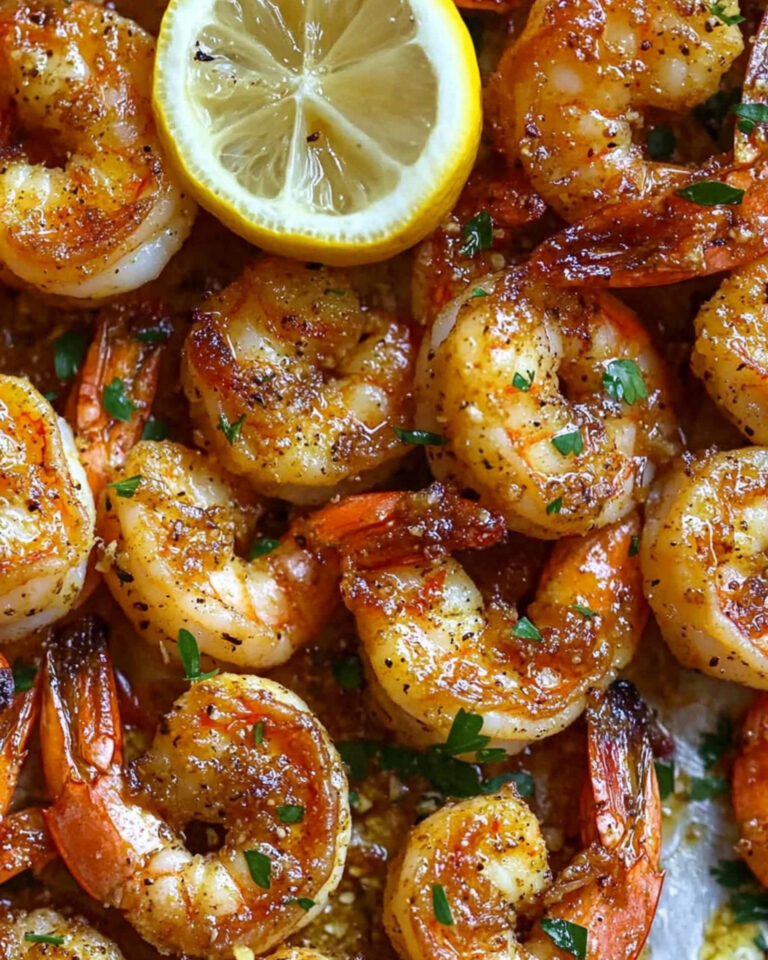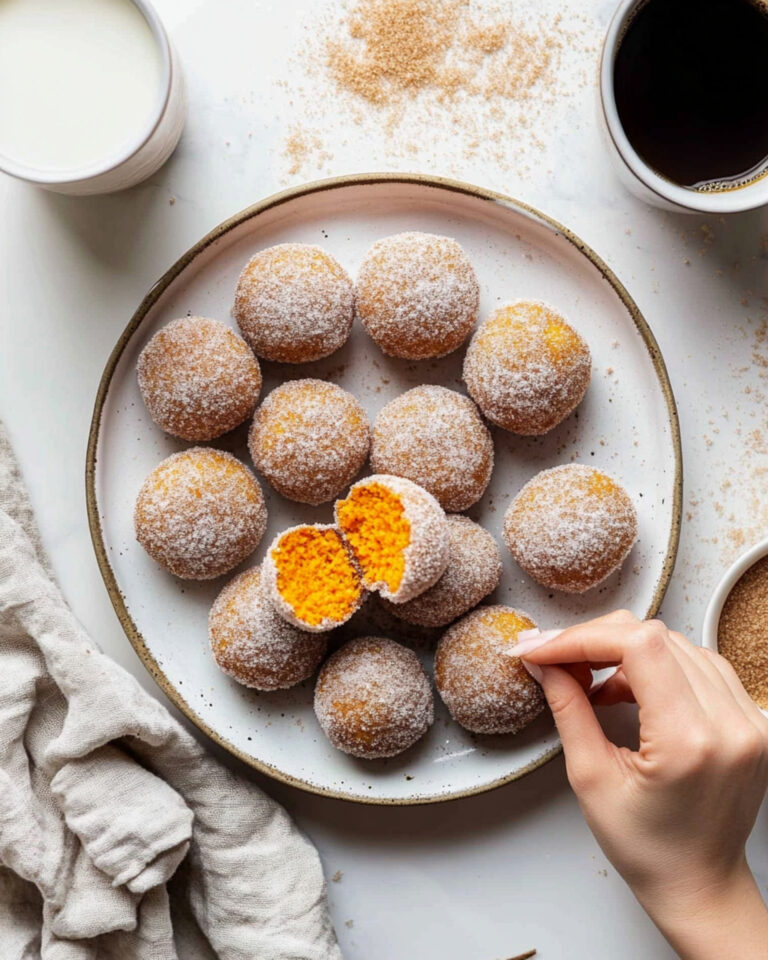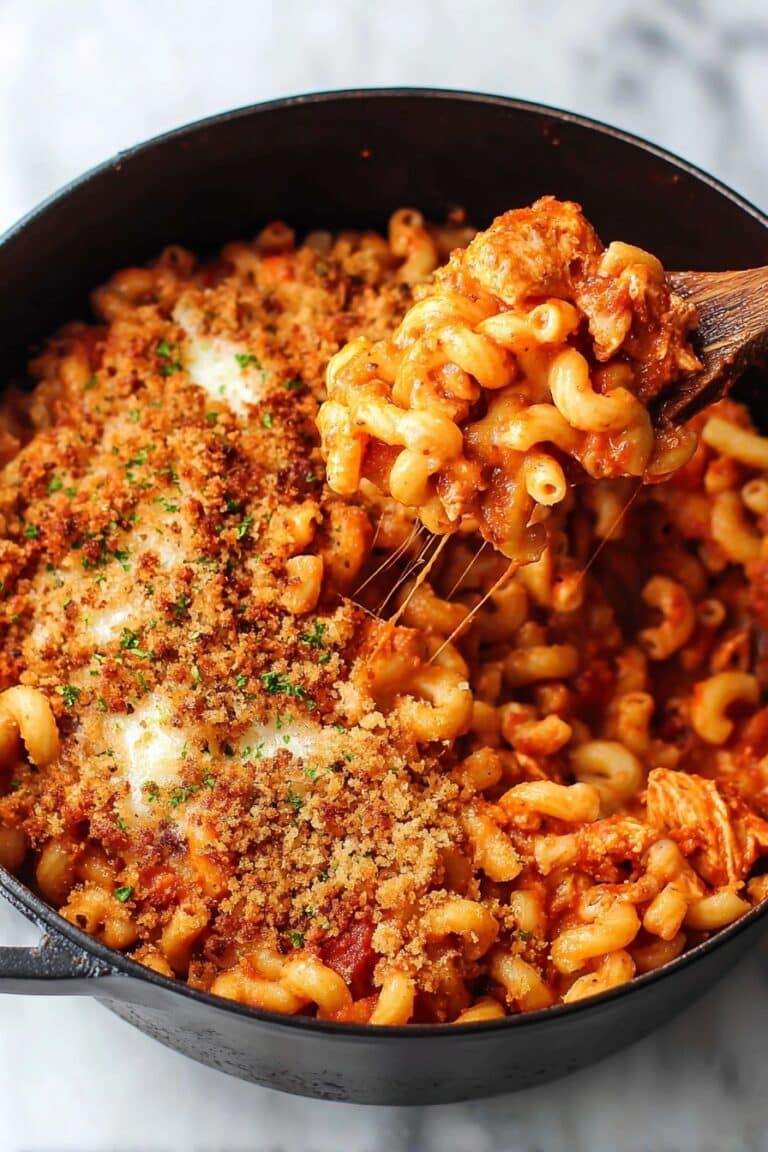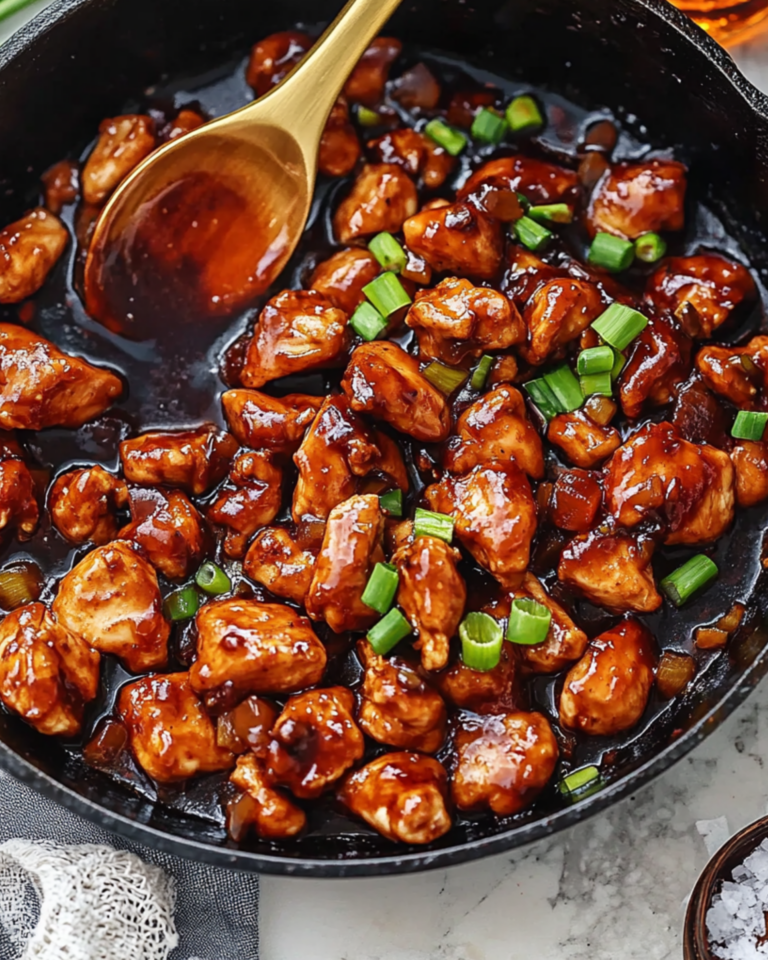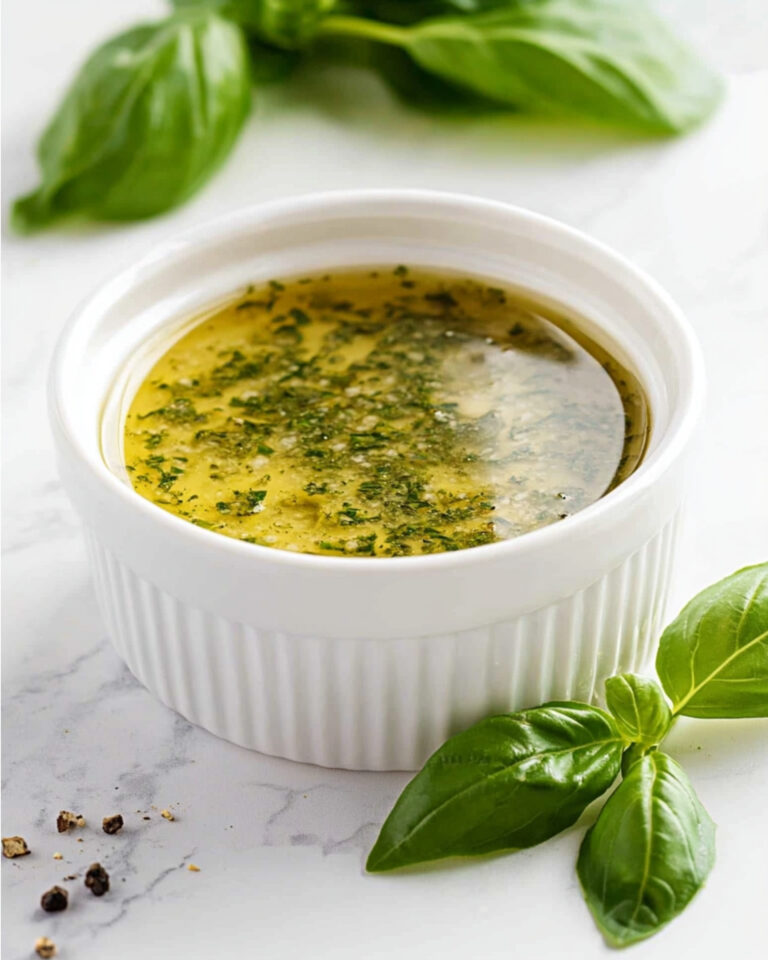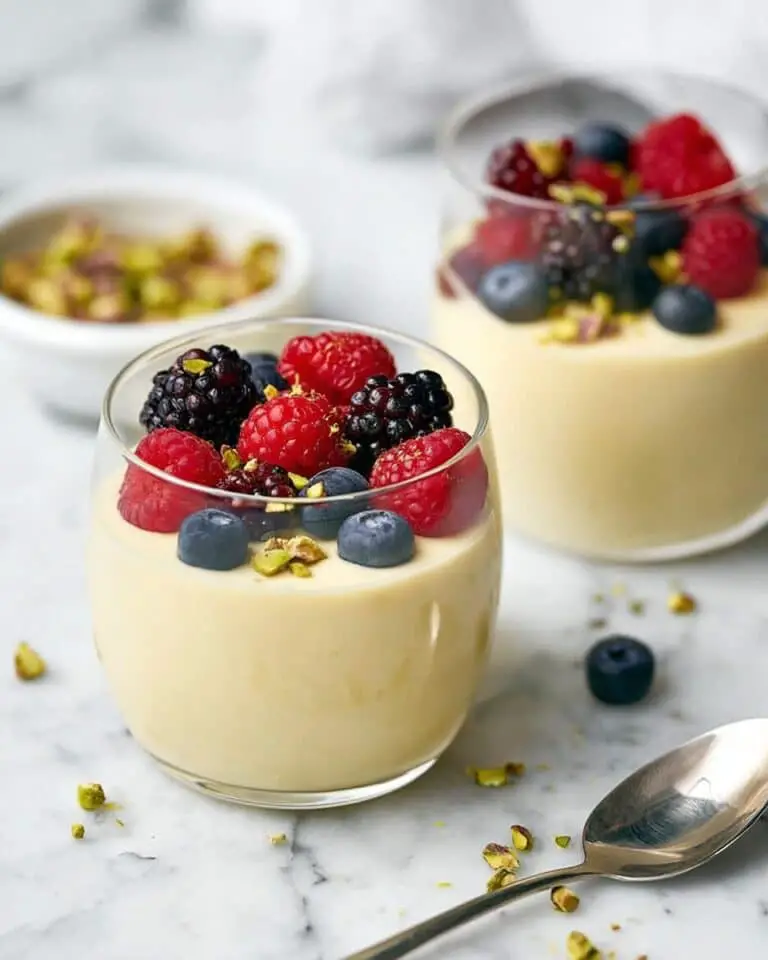Tender, flaky salmon with a crisp, golden horseradish crust? Yes, absolutely—and you can have it on your table in just 20 minutes. This Horseradish Salmon recipe is as fresh and bold as it gets, with layers of peppery, nose-tingling horseradish balanced by buttery richness and a tang of Dijon. It’s the ultimate go-to for busy weeknights and a genuine showstopper when you need dinner to deliver big on both taste and simplicity. No complicated steps, no fancy equipment—just delicious results every time.
Why You’ll Love This Recipe
- Lightning Fast: From prep to plate in about 20 minutes—less time than it takes for delivery.
- Short Ingredient List: You’ll need just a handful of pantry basics and fresh salmon.
- Bold Flavors: The horseradish packs a zippy punch that wakes up your taste buds, while the butter mellows everything perfectly.
- Effortlessly Impressive: The crispy topping and fresh garnish make this dish look worthy of a dinner party, but the prep is genuinely simple.
- Customizable: Swap, swap, and swap again. Horseradish and salmon love a good remix!
Ingredients You’ll Need
Gather up these ingredients and let’s make magic with maximum ease:
- Horseradish Root: The star of the show—fresh and feisty for that classic pungent bite. Tip: Peel and dice carefully; it’s potent.
- Water: Helps process and soften the horseradish when grinding. Don’t skip, or you’ll have a tough blend!
- Fine Sea Salt: Seasons every layer of the dish—enhances both horseradish and salmon.
- White Vinegar: Adds sharpness and preserves the horseradish’s flavor and punch.
- Wild-Caught Salmon Fillets: Rich, healthy, and mild enough to let the horseradish shine. Opt for wild whenever you can, but any high-quality salmon works!
- Butter or Ghee (Melted): Brings richness and helps brown the crust. Ghee is perfect if you’re aiming for dairy-free or paleo.
- Dijon Mustard: Rounds out the flavors with mellow heat and a creamy texture.
- Freshly Ground Pepper: For big, bold aroma and warmth.
- Garlic Powder: Subtle earthy flavor; easy and consistent.
- Parsley (Finely Minced): The fresh lift against the warm fish and spicy crust. Optional, but so worth it!
- Fresh Lemon: A squeeze at the end brightens the entire dish. Don’t even think of skipping this step!
Note: You’ll find the complete list of ingredients, along with their exact measurements, in the printable recipe card at the bottom of this post.
Variations
Let your creativity take the wheel with any of these easy tweaks:
- Crust Swap: Try panko or crushed nuts (like pistachios or walnuts) mixed into the horseradish for added crunch.
- Herb Boost: Mix fresh dill or tarragon into the crust for a herbal spin.
- Spicy Kick: Add a touch of cayenne or a hint of chili oil to the topping for heat lovers.
- Other Proteins: No salmon? This topping works wonders on cod, halibut, or even chicken breasts.
- Dairy-Free: Use olive oil instead of butter for a completely dairy-free version.
How to Make Horseradish Salmon
Step 1: Make the Horseradish
Start by pulsing peeled, diced horseradish root with water in a food processor. Pulse carefully—horseradish is powerful, so avoid inhaling the fumes directly! Add salt and vinegar, give it another pulse, then transfer to a jar or container. This is your homemade horseradish and tastes leagues better than jarred.
Step 2: Prep the Salmon
Set your broiler to high (about 500°F) and place your salmon fillets, skin-side down, on a sheet pan lined with parchment for easy cleanup.
Step 3: Mix the Topping
Scoop 1½ cups of your freshly grated horseradish into a bowl. Add melted butter (or ghee), Dijon mustard, salt, pepper, and garlic powder. Stir together to form a thick, fragrant paste.
Step 4: Assemble
Divide the horseradish topping over each salmon fillet, spreading evenly and pressing gently to adhere. You want a decent layer for that signature crust.
Step 5: Broil & Finish
Broil the salmon on high for 7–9 minutes. The fish should be barely opaque and flake at the thickest part, with the topping golden and slightly crisp. The internal temperature should read 170ºF for perfect doneness.
Step 6: Garnish & Serve
Remove from the oven, sprinkle generously with parsley, and finish with fresh lemon juice right before serving. Devour immediately, preferably with something cool and creamy on the side.
Pro Tips for Making the Recipe
- Use Fresh Horseradish: The difference in heat and aroma is truly worth the extra minute of prep.
- Keep an Eye on the Broiler: Salmon cooks fast, and broilers can vary. Stay close and check at the 7-minute mark.
- Don’t Overcook: Overcooked salmon dries out quickly. For best texture, stop cooking just as the fish turns opaque.
- Prep the Horseradish in Advance: Make extra and store for future meals. It keeps well for up to 2 weeks refrigerated (airtight!).
- Ventilate Your Kitchen: Grinding horseradish is eye-watering—open a window if you can!
How to Serve
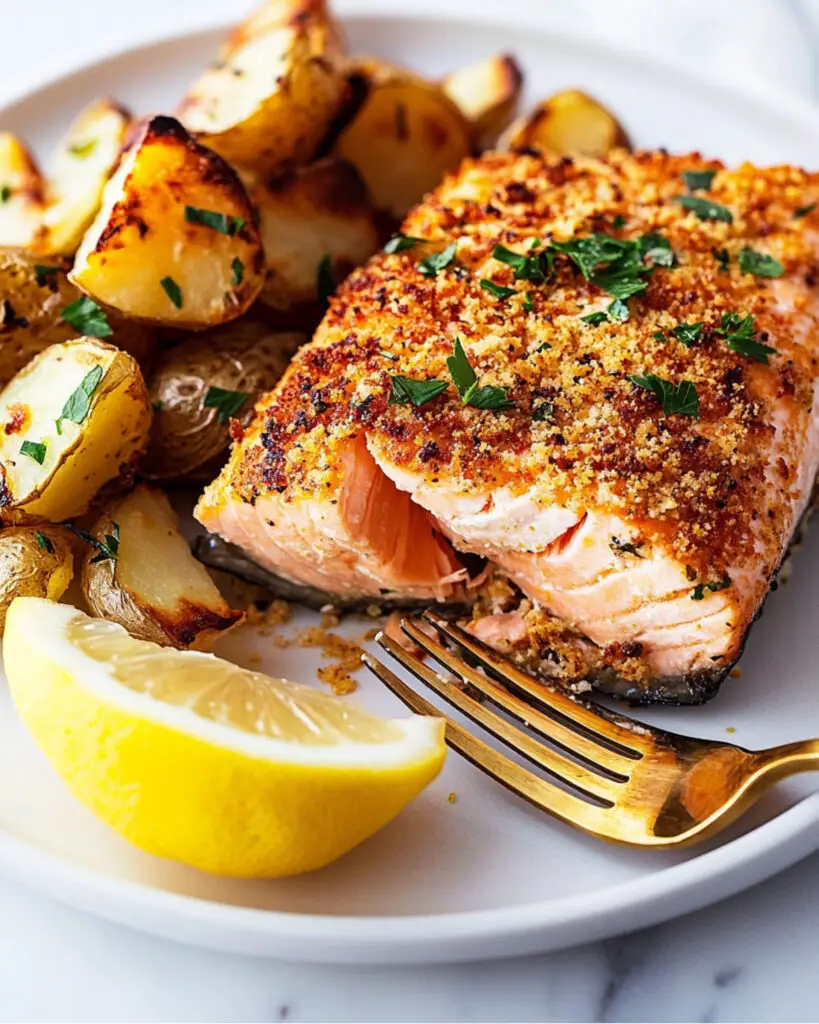
Horseradish Salmon begs for sides that play with its zesty edge. Here’s how to round out the meal:
- Pair with: Creamy mashed potatoes, roasted baby potatoes, or a simple herby rice pilaf.
- For veggies: Go with crisp green beans, grilled asparagus, or a tangy cucumber salad to refresh the palate.
- Sauces: Dollop a bit of crème fraîche, Greek yogurt, or a mild herbed aioli on the side for a cooling contrast.
- Bread: A crusty baguette or seeded rolls are perfect for soaking up juices.
Make Ahead and Storage
Storing Leftovers
Store extra cooked salmon in an airtight container in the refrigerator for up to 2 days. Keep the horseradish separate if you have extra—refrigerate up to 2 weeks.
Freezing
While fresh-cooked salmon is best enjoyed right away, you can freeze leftovers for up to one month. The crust may soften a bit, but the flavor stays punchy.
Reheating
To reheat, pop the salmon under the broiler for 2–3 minutes to re-crisp the topping, or gently warm in a 300°F oven. Microwaving is less ideal—it steams the fish and the crust gets soggy.
FAQs
-
Can I use pre-prepared horseradish from a jar instead of fresh?
Yes, you can use jarred prepared horseradish to save time. While fresh horseradish has a more potent and lively flavor, the jarred variety still gives your salmon that essential tangy heat, making this dish even quicker to throw together.
-
What if I don’t have a broiler?
No broiler? No problem! Roast the salmon in a hot oven (425°F) for about 12-14 minutes instead. The crust won’t brown quite as much, but you’ll get the same tender, delicious fish.
-
Is this dish very spicy?
Fresh horseradish does have a pleasant heat, similar to a mild wasabi, but it’s not overwhelming. The mustard and butter mellow the sharpness. If you prefer a milder version, simply reduce the horseradish amount in the topping.
-
How can I tell when the salmon is fully cooked?
The best way is to check the thickest part of a fillet—it should flake easily with a fork and be just opaque throughout. A thermometer reading at 170ºF ensures it’s perfectly done without being dry.
Final Thoughts
Give this Horseradish Salmon a spot in your weeknight dinner routine—you won’t regret it. With its bold flavors, minimal ingredients, and rapid cook time, this is one recipe that delivers maximum payoff with minimal effort. Every bite is flaky, crispy, tangy perfection. Don’t hesitate to make it your own, experiment with the crust, and enjoy sharing this delightful dish with family and friends. Happy cooking!
Print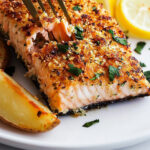
Horseradish Salmon Recipe
- Prep Time: 10 minutes
- Cook Time: 10 minutes
- Total Time: 20 minutes
- Yield: 4 servings
- Category: Main-course
- Method: Broiling
- Cuisine: American
- Diet: Gluten Free
Description
Horseradish Salmon is a flavorful, protein-rich main-course dish featuring wild-caught salmon topped with a zesty homemade horseradish crust, broiled to perfection. This quick and easy recipe combines fresh, pungent horseradish root with Dijon mustard, butter or ghee, and herbs for a bold dinner that’s ready in just 20 minutes. Ideal for those seeking a gluten-free, low-carb, and delicious meal.
Ingredients
For the Fresh Horseradish
- 2 cups peeled and diced horseradish root
- 1/4 cup water
- 1/2 teaspoon fine sea salt
- 3 tablespoons white vinegar
For the Salmon
- 1 lb. wild-caught salmon filets
- 2 tablespoons butter or ghee, melted
- 1 tablespoon Dijon mustard
- 1/2 teaspoon fine sea salt
- 1/2 teaspoon freshly ground pepper
- 1/2 teaspoon garlic powder
- 1–1/2 cups prepared horseradish (from above)
For Garnish
- 2 tablespoons finely minced parsley
- Fresh lemon, for serving
Instructions
- Prepare the Horseradish: Add the peeled and diced horseradish root and water to a food processor. Pulse until the horseradish is finely ground, taking care not to inhale the pungent fumes. Add in the sea salt and white vinegar, then pulse again until well combined. Transfer the prepared horseradish to a container for later use.
- Preheat Broiler and Prepare Salmon: Set your oven broiler to 500°F and place the salmon fillets on a sheet pan lined with parchment or foil for easy cleanup.
- Make the Horseradish Topping: In a bowl, combine 1-1/2 cups of the prepared horseradish with the melted butter or ghee, Dijon mustard, fine sea salt, freshly ground black pepper, and garlic powder. Mix well until the ingredients are thoroughly blended.
- Top the Salmon: Evenly spread the horseradish mixture over the tops of the salmon fillets, pressing it gently into the fish to adhere.
- Broil the Salmon: Place the sheet pan under the broiler and cook for 7-9 minutes, or until the salmon is cooked through (internal temperature should reach 170ºF) and the horseradish topping is lightly browned and crisp.
- Garnish and Serve: Remove the salmon from the oven and sprinkle with minced parsley. Add a squeeze of fresh lemon over the top before serving. Enjoy with your favorite side dish.
Notes
- You may have leftover horseradish; keep it covered in a container in the refrigerator for up to 2 weeks.
- Adjust the amount of horseradish to your heat preference.
- For a lighter option, use olive oil instead of butter or ghee.
- Great served with roasted vegetables, steamed greens, or a light salad.
Nutrition
- Serving Size: 1 salmon fillet with topping
- Calories: 270
- Sugar: 1g
- Sodium: 620mg
- Fat: 14g
- Saturated Fat: 5g
- Unsaturated Fat: 8g
- Trans Fat: 0g
- Carbohydrates: 5g
- Fiber: 1g
- Protein: 28g
- Cholesterol: 65mg

